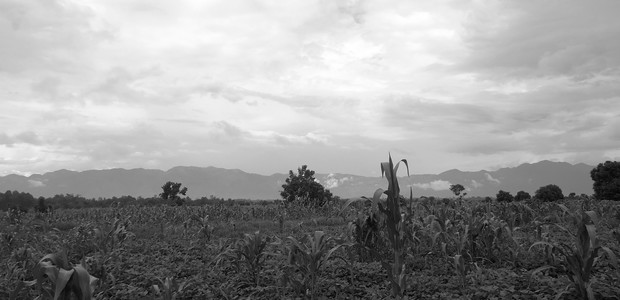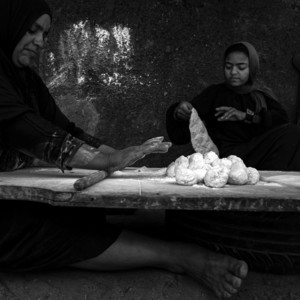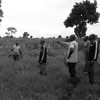BasicsRespect the river that nourishes us

The population in the Nile Basin is expected to more than double by 2050 to nearly one billion, increasing the demand for food and putting scarce water resources under ever greater strain.
More than 80 percent of the Nile’s water consumption is used for agricultural purposes.
More than 80 percent of the Nile’s water consumption is used for agricultural purposes, according to Innocent Ntabana, former Executive Director of the Nile Basin Initiative (NBI). Efficient water use, he says, requires good land and agricultural management, which needs an entire basin approach to tackle food insecurity.
Agricultural commerce, according to NBI, is an opportunity to tackle poverty as well as food insecurity. The decision to locally produce or to import must be based on calculating how much water is used in both cases.
Food security and the provision of sufficient resources is at the centre of this issue of The Niles. Stories from across the Nile Basin focus on the nexus of water and food security while offering a glimpse of culinary crossing points and divergences in food-related cultural practices.
This theme is observed from different angles to share diverse experiences of the people who live along the 6,695 kilometres of the Nile and its basin, a shared source of wealth and survival for over 300 million people.




